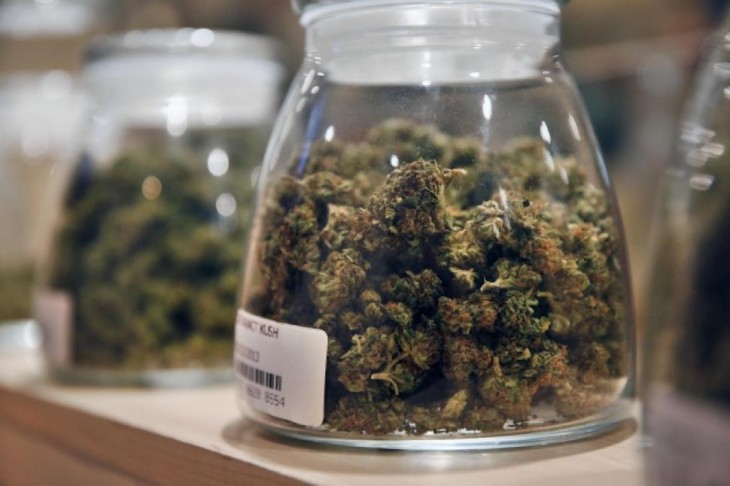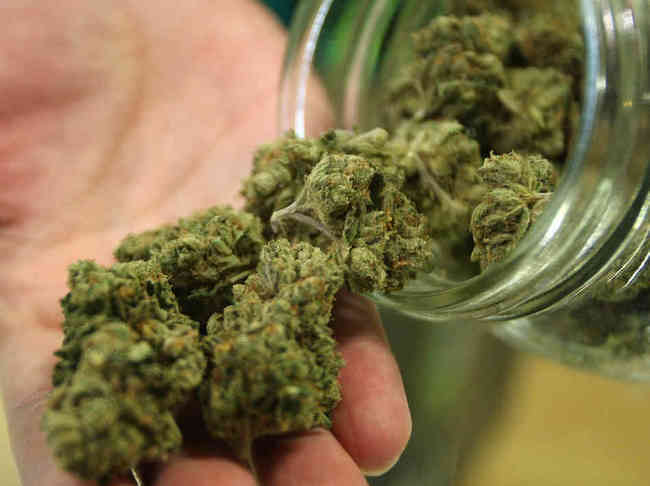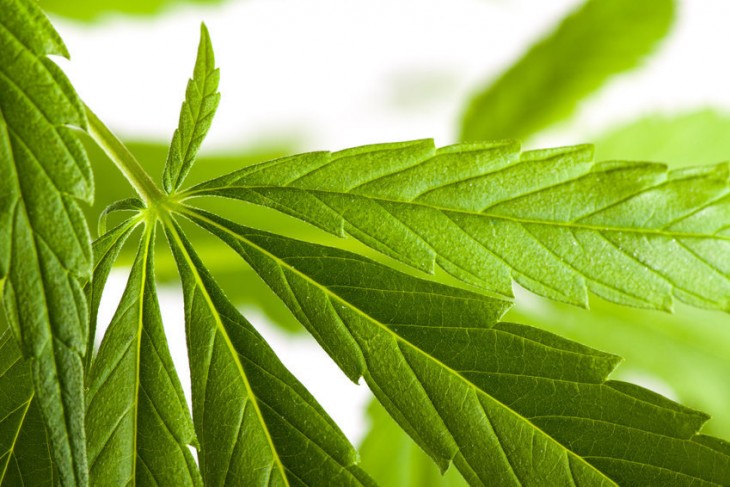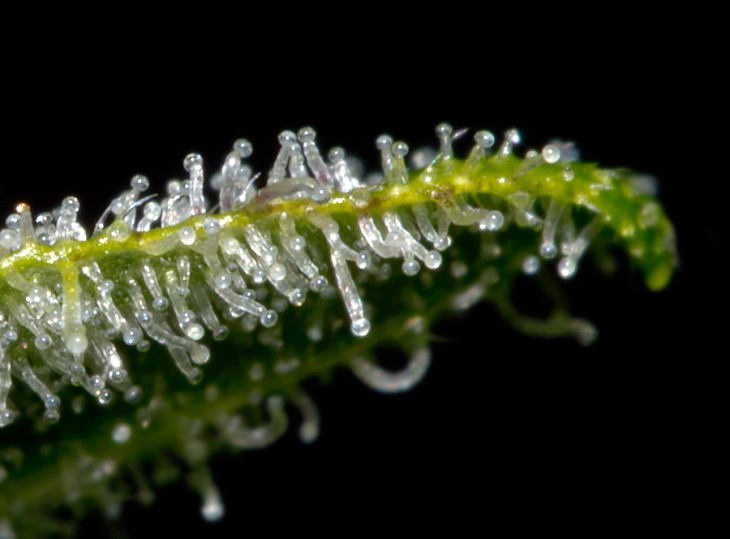Every cannabis grower would wish that his plants grow into resin-filled lush ones at the end of the flowering stage. The resin coat usually contains the buds of marijuana plants at their flowering stage. The trichomes present in this are responsible for protecting the seeds from insects, solar radiation, fungi problems, and environmental adversities.
The trichomes play a very crucial role in the lifecycle of cannabis plants. Also known as “trichome head” or “gland”, it is a psychoactive cannabinoid, THC (Tetrahydrocannabinol). Besides comprising of cannabinoid, the trichomes also have several contents, which are beneficial for health. However, THC is best known for its effect.
Now that you know that cannabinoid is responsible for the psychoactive effect, the next question in the mind of any cultivator would be how to increase the trichome count. As the trichome count increases, the THC content also increases.
Rather than looking out for ways to increasing this count, the results would be better if you choose the right cannabis strain as the power of THC greatly depends on the variety of marijuana that you cultivate and cultivation methods. So, it’s also important to follow the right growing methods so that you can enjoy the benefits of high THC.
If you want to maintain the trichome count as per the specific strain’s genetics, you need to ensure to maintain optimal growing conditions. Listed below are the ideal conditions for indoor cannabis cultivation:
-
A stable relative humidity level of around 40% – 50% during the flowering stage
-
An ambient temperature not exceeding 27 degrees Celsius at its peak or dropping below 17º centigrade at its lowest point
-
Proper lighting for the area of crop (600w per m2 is a good indication orientation)
-
Proper nutrition system (no excess fertilizer or gaps)
By controlling these parameters at their optimum level, the plants can produce a good amount of resin, provided you’ve chosen a decent genetics variety to grow.
We have already seen that the production of resin (trichomes) is closely related to cultivation conditions and genetics chosen to grow. But, if we want to increase the amount of trichomes even more, what should we do? Some say that by applying low temperature to the crop in the flowering stage, the level of resin can be increased. This is true in part because a temperature variation of about ten degrees between the maximum and the minimum helps significantly to get higher number of trichomes. But, overdoing the temperature drop can cause the plant to restrict its development, which in turn may lead to loss of production and quality.
It is best to stay safe and not take any risk with poorly controlled experiments. It is scientifically proven that the amount of UV-B rays a plant receives may increase the production of trichomes.
UV-B rays are harmful to other plants (and humans if applied in large quantities), but when cannabis plants receive a large amount of this type of ultraviolet rays, the trichome count can be increased.
We can use this method to greatly increase the amount of trichomes of cannabis plants and thus the amount of cannabinoids.
The lamps we use for the flowering cycle in indoor cultivation called HPS (High Pressure Sodium Vapour) have acceptable levels of UV-B, but are harmful to humans if we are a short distance from the lamp; they are acceptable for cannabis plants . The lamps we normally use for the growth stage of these plants called MH (Metal Halide) lamps emit a much greater amount of UV-B rays than HPS lamps.
This means that if you want to increase the production of trichomes of a plant, just replace HPS lamp by MH during the last two weeks of flowering. This will create increasing levels of UV-B radiation and thus cause the plants to produce good quantity of resin (trichomes).
Some might wonder then why not use Metal Halide lamp all through the flowering cycle. The answer is simple; it is not recommended by the light spectrum. HPS lamps have a much redder spectrum, which is ideal for the development and maturation of buds. On the other hand, MH lamps have a more bluish-white spectrum, which is ideal for the growth stage (development of branches).
By changing the bulb during the last two weeks, you can help the plant create more trichomes and thus be more powerful. There are also specific bulbs emitting UV-B rays, but due to their high price it may not be profitable in cultivation medium.
In outdoor cultivation, things change a lot; we cannot control the temperature and humidity, though we can control the level of nutrients that the plant receives. So, we need to take some extra efforts to add specific fertilizers during different cycles. This will create a more balanced and therefore higher quality plant.
If what you seek is an explosive production of trichomes, you must follow outdoor cultivation on high mountain peaks. At higher elevations, the UV-B radiation from the sun increases and so a plant of the same gene grown outdoors on the top of a mountain to a considerable height will be much the same resinous plant cultivated at sea level for example.
If you opt for this trick to grow on high mountain, then keep in mind that you must measure the room temperature because if it’s frosting then it’s useless even if cultivating at greater height. It is important that the temperature and relative humidity is acceptable.






![[cml_media_alt id='4068']thichomes weed plant[/cml_media_alt]](https://marijuana.tm/wp-content/uploads/2015/04/tricomas.jpg)
![[cml_media_alt id='4069']Super Lemon Haze Seeds[/cml_media_alt]](https://marijuana.tm/wp-content/uploads/2015/04/semillas-super-lemon-haze.jpg)
![[cml_media_alt id='4070']flower bomb kush trichomes[/cml_media_alt]](https://marijuana.tm/wp-content/uploads/2015/04/FBK-7377.jpg)
![[cml_media_alt id='4071']trichomes in plant[/cml_media_alt]](https://marijuana.tm/wp-content/uploads/2015/04/El-Niño-7508.jpg)




Mohamad Babaei
Hello,
I have some questions: Entries can be said that the continuous light 24 hours. Do not weaken the plant? The performance and the result will be better? How long do you recommend that 24 hours can be light?
Many Thanks
Jose Green House
Hi mate,
No, actually we recommend is 18/6 permanent, in indoor growing with autoflowering strains. You also can use 24/0, but it is possible to generate a stress (but final results production would be higher).
regards
Mohamad Babaei
Hi G.H 🙂
You mean that the duration of the period of germination takes 5 to 6 weeks, 24 hours of continuous light can be used?
Thanks
Jose Green House
Hi,
Germination takes about 3-5 days, growth 1 months, and flowering 2 months. Total approximately 3 months (some strains autoflowering few more weeks).
Greetings!!
Mohamad Babaei
Hi,
Thanks for your help, but I mean that we can during the germination and growth of light for 24 hours of continuous use?
Best Regards
Jose Green House
Yes, it is possible (although recommended 18/6). But 24/0 is possible.
During germination light it is not necessary, only when the plant leaves the ground (shown cotyledons).
Cheers 🙂
Mohamad Babaei
I mean, was seeding 😀
Very grateful